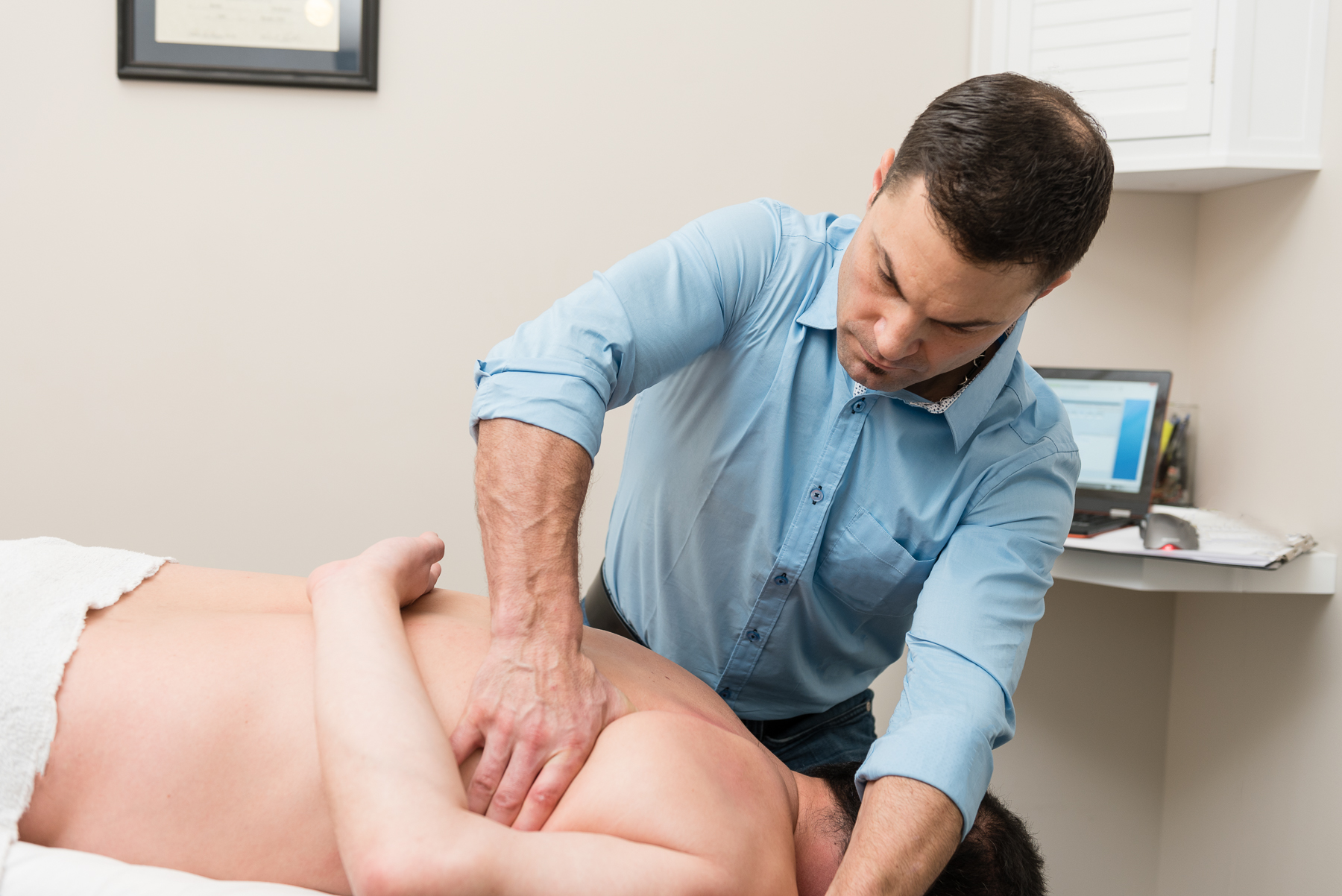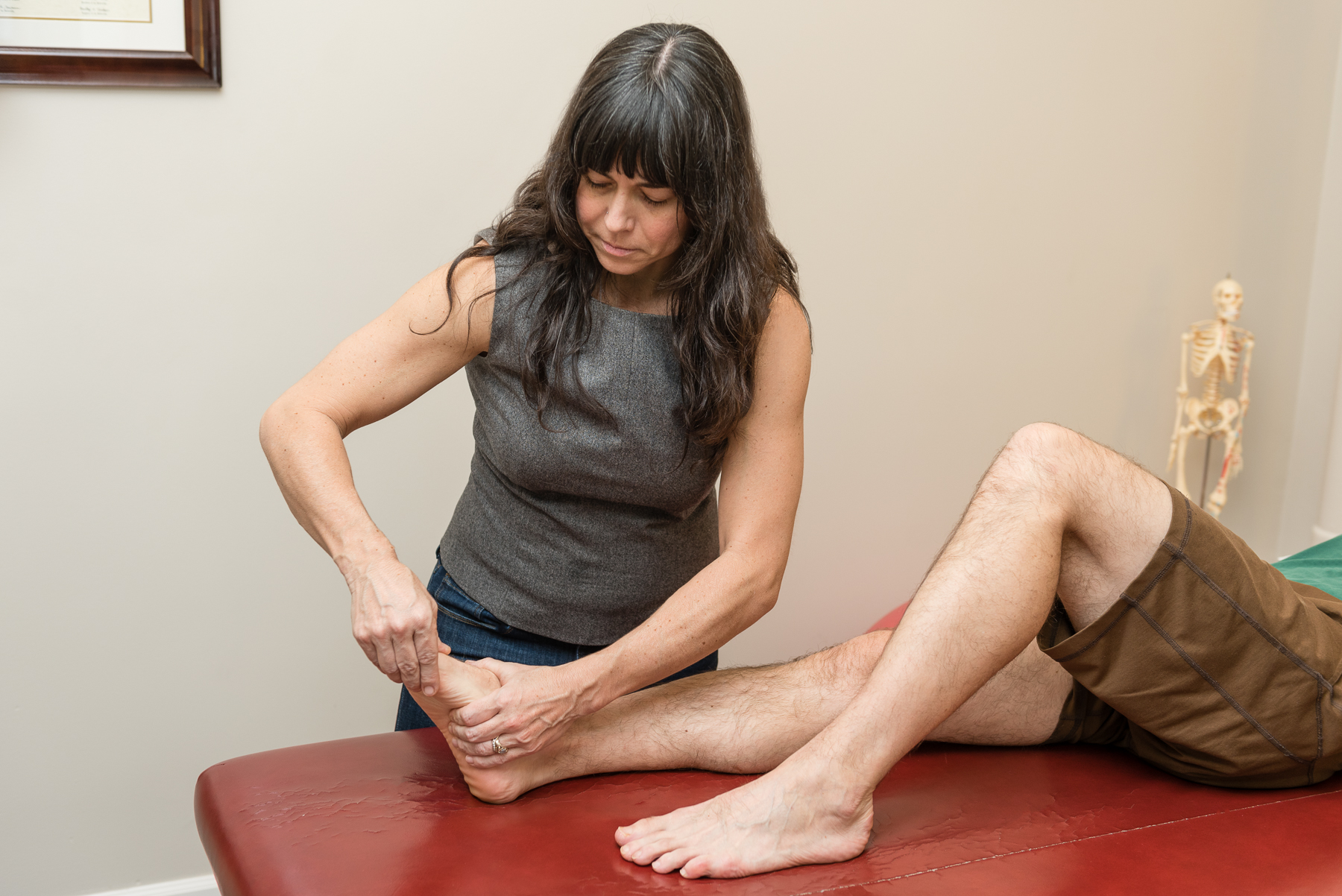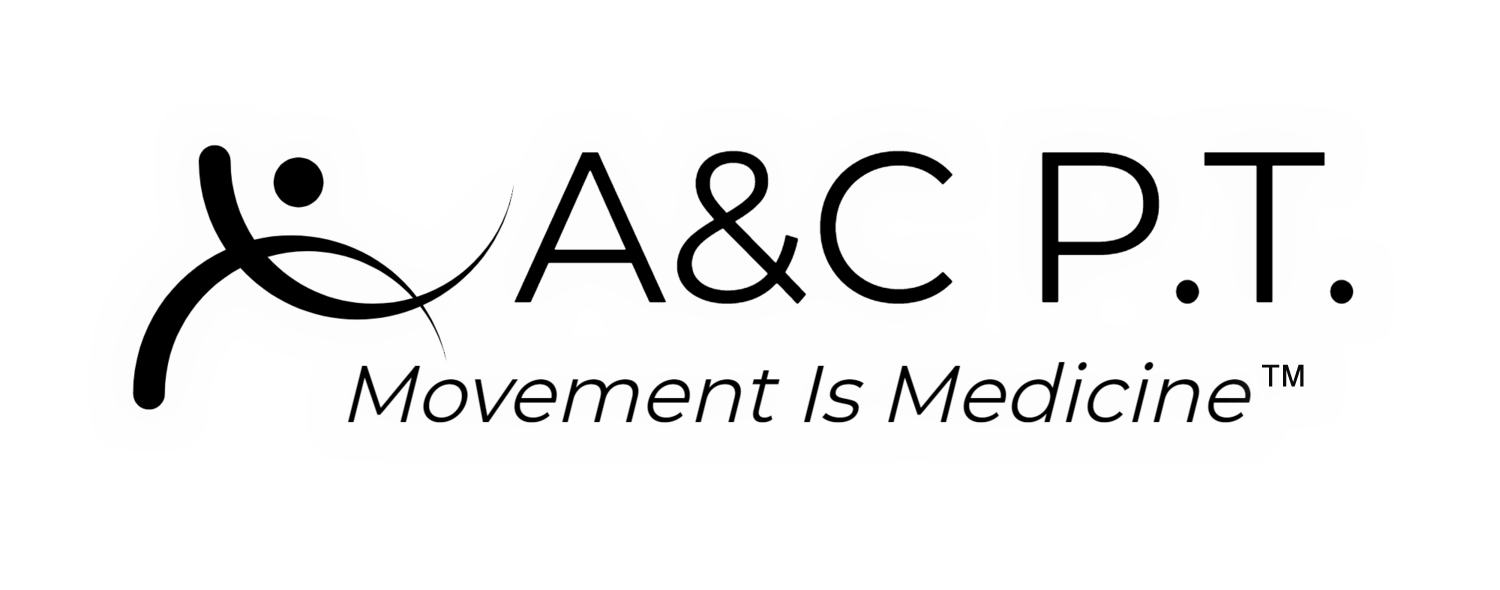Manual Therapy
JOINT MOBILIZATION, RELAXATION, ACTIVATION, STRETCHING, RETRAINING


MANUAL THERAPY
Maximize the Benefits Of Hands on Manual Therapy
We specialize in manual therapy, not massage. Although some techniques can be similar, manual therapy uses more specialized myofascial manipulation techniques to target the problem areas in addition to joint mobilization to restore normal movement.
Our practitioners consider hands-on treatment as an art form, creatively modifying advanced techniques to best suit YOUR needs and unique condition. We pride ourselves on forward thinking and progressing the status quo, participating in regular continued education to stay in touch with the latest cutting edge research.
“I’ve worked through several injuries over the past few years with the team at A&C. I’ve really appreciated their focus on not only addressing each injury, but working through underlying issues contributing to injury with me with a focus on getting me back to the activities I usually enjoy. It really feels like they develop a highly individualized plan and approach for each person, and that has been invaluable.”
Muscle relaxation
When the nervous system senses a threat, it can trigger increased muscle tone around the affected area, leading to pain, reduced mobility, and loss of function. Manual therapy, including soft tissue mobilization, helps relax these tissues to restore normal function and reduce discomfort. Combined with guided movement from an expert therapist, this approach changes the signals sent to the nervous system and promotes lasting improvement. It’s a key step in effective injury rehabilitation and ongoing mobility improvement.
Muscle activation
Muscle fire most effectively when they start from a relaxed position. Once resting state of tone is normalized through Neufit’s Neubie system or manual physical therapy, we can used targeted trigger points to manually activate muscles to fire more quickly and with greater strength. This can be a very valiuable technique before starting therapeutic exercise or when trying to re-wire the nervous system. In some cases, skilled muscle activation can double specific muscle’s strength if significant dysfunction has inhibited their use.
Improving range of motion
Joints have capsules and soft tissue that affect range of motion. Without appropriate mobility in the joint, it is impossible to maintain normal range of motion in any part of the body. If the shoulder joint (glenohumeral) is restricted, it can be hard to reach over your head or behind your back. In the case of the low back it may prevent you from bending down to pick something up or tie your shoes.
Range of motion in the joint also affects proprioception, or the ability to sense where the body is in space. It also affects muscle length and strength. In other words, a lack of joint mobility can affect strength, flexibility, and coordination! Skilled joint mobilization techniques can be a powerful tool to normalize function and reduce pain. Headaches, low back pain, and knee pain can all be improved using strategic joint mobilization. Posture as well! That’s why mobility improvement is such an important focus in our approach, helping restore function and prevent future injuries.

